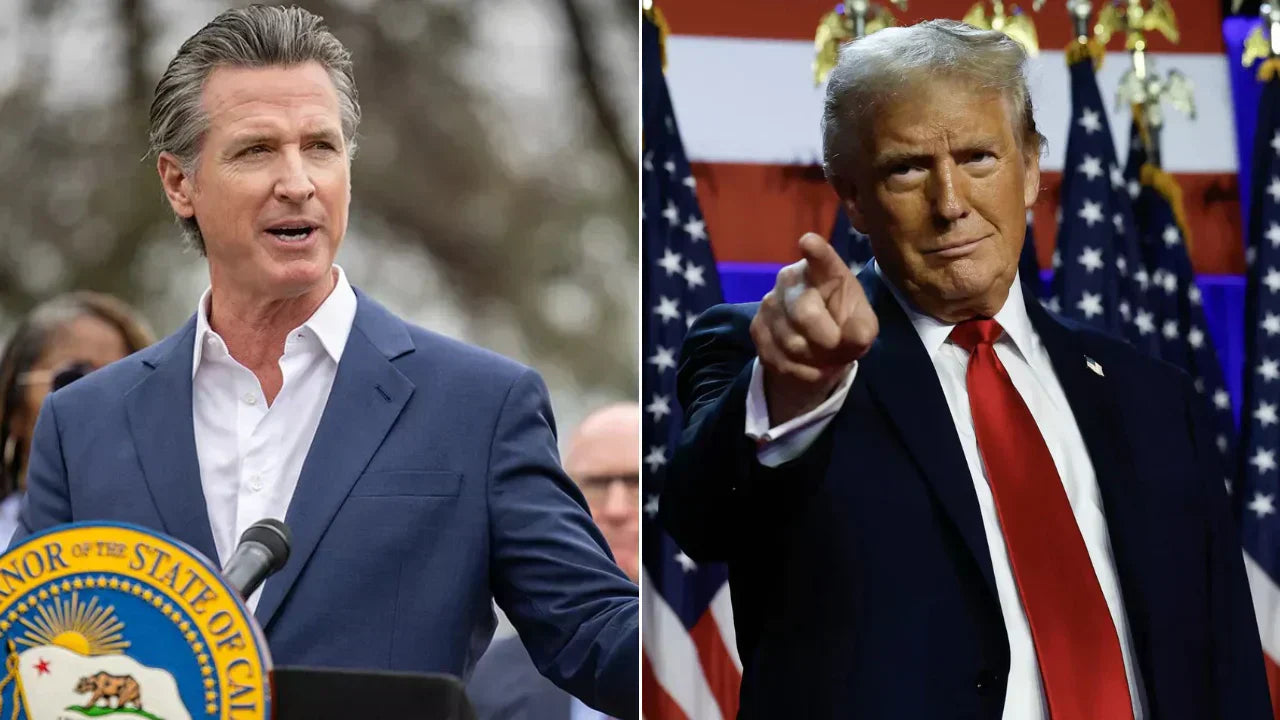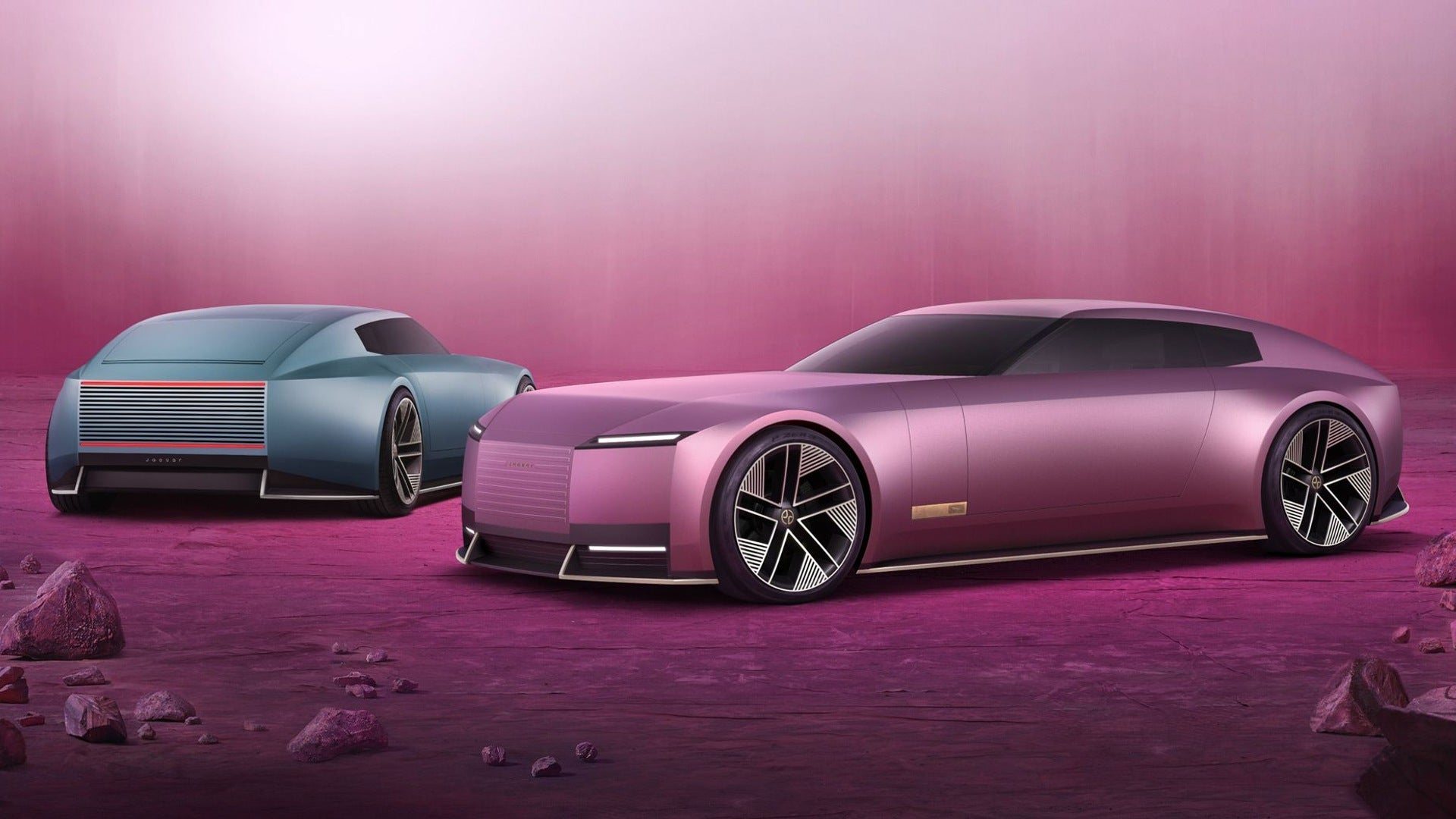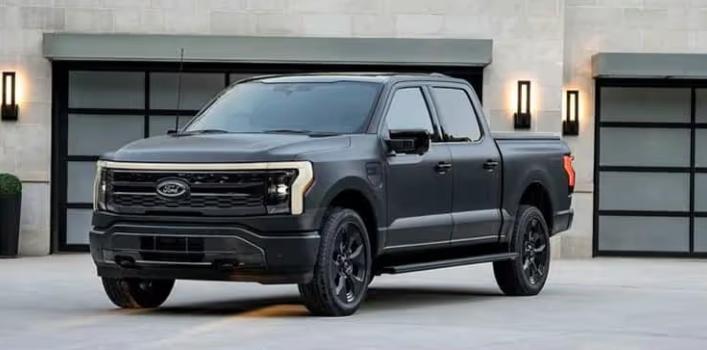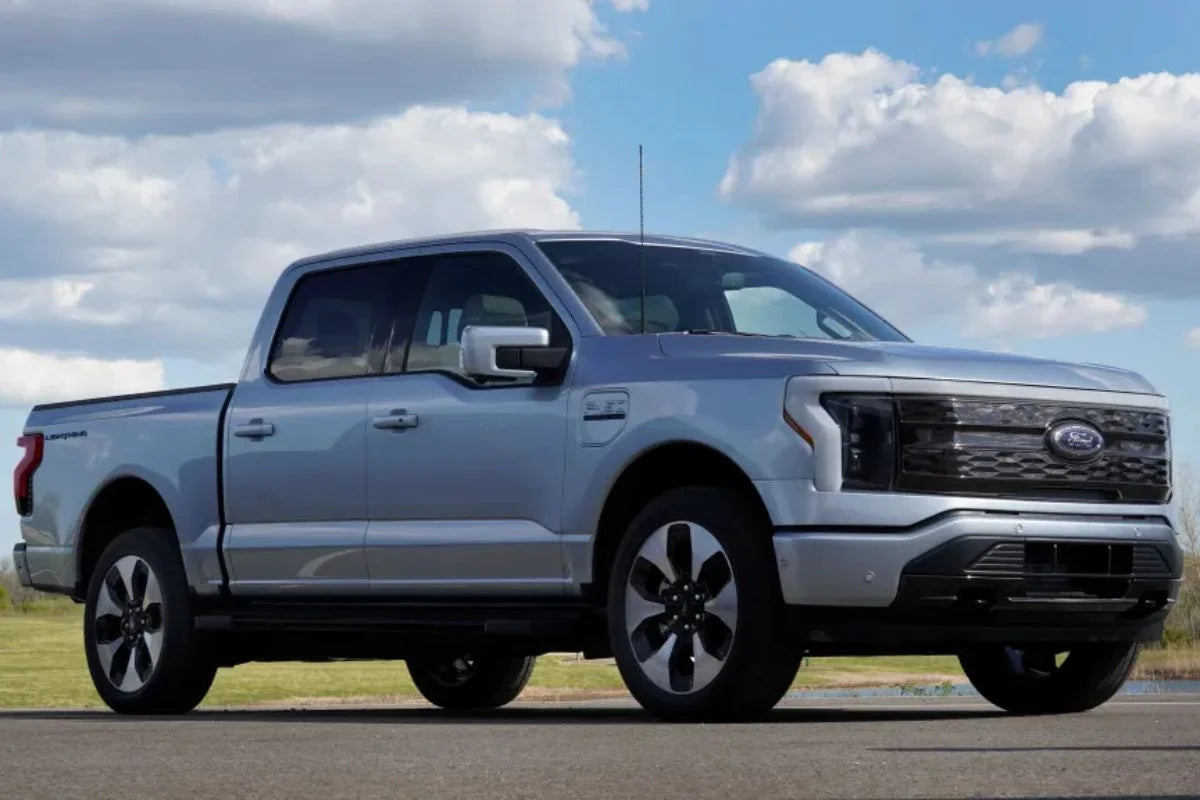Alors que l'administration Trump fait avancer le Big Beautiful Bill Act , qui prévoit notamment de supprimer le crédit d'impôt fédéral de 7 500 $ pour les véhicules électriques , de nombreux acheteurs de véhicules électriques (VE) et acteurs du secteur attendent du gouvernement des États qu'il maintienne son soutien. L'évolution du paysage fédéral pourrait avoir des répercussions importantes sur l'accessibilité, l'adoption et les infrastructures des VE, en particulier pour les primo-accédants et les ménages à faibles revenus.
Mais même si le soutien fédéral s'affaiblit, plusieurs États américains mettent en place de solides programmes d'incitation locaux pour maintenir l'adoption des véhicules électriques sur la bonne voie. Dans cet article, nous examinerons les États qui prennent des mesures, le type d'incitations qu'ils proposent et comment cet ensemble disparate de politiques pourrait façonner la prochaine phase de développement des véhicules électriques.
Californie : Réinventer les incitations avec le soutien de l'État et des services publics
La Californie, leader de longue date en matière de politique énergétique propre, n'est pas restée inactive face au désengagement du gouvernement fédéral. Alors que le Clean Vehicle Rebate Project (CVRP) a officiellement été fermé début 2024, faute de fonds suffisants, le gouverneur Gavin Newsom a annoncé son intention de réinvestir dans les incitations à l'achat de véhicules électriques grâce aux recettes du programme californien de plafonnement et d'échange de droits d'émission de carbone.
En attendant, les entreprises de services publics locales comblent le fossé :
- Southern California Edison (SCE) offre jusqu'à 1 500 $ de rabais pour les nouveaux achats de véhicules électriques et les installations de chargeurs de niveau 2 à domicile .
- Silicon Valley Power, LADWP et d'autres proposent également des remises sur l'installation de prises NEMA 14-50 et des subventions pour les chargeurs portables .

État de Washington : l’un des programmes les plus généreux des États-Unis
L'État de Washington s'est imposé comme l'un des plus ambitieux en matière de soutien aux véhicules électriques. Début 2024 , l'assemblée législative de l'État a approuvé un budget élargi pour sa loi sur la transformation des énergies propres , qui comprend désormais :
- Jusqu'à 9 000 $ d'incitations à l'achat pour les ménages à faible revenu qui achètent de nouveaux véhicules électriques
- Jusqu'à 2 500 $ pour les véhicules électriques d'occasion
- 85 millions de dollars de nouveaux financements pour les subventions d'installation de chargeurs de niveau 2 sur les lieux de travail et dans les immeubles collectifs
Delaware : un soutien constant et pratique
Bien que de moindre envergure, le Programme d'incitation aux transports propres du Delaware a discrètement prolongé son programme de remises jusqu'en 2025. Les résidents admissibles peuvent bénéficier :
- Jusqu'à 2 500 $ pour les achats de nouveaux véhicules électriques
- Un réseau croissant de bornes de recharge publiques subventionnées par l'État
Depuis sa création, le programme a distribué plus de 12,8 millions de dollars en remises et aidé plus de 5 500 conducteurs à passer à l’électrique.
Maryland : les incitations rétablies après les coupes budgétaires fédérales
Suite aux signes de réduction du soutien fédéral, le Maryland a rétabli son crédit d'impôt pour les véhicules électriques en 2023 , offrant :
- Jusqu'à 3 000 $ pour les véhicules électriques
- 2 000 $ pour les véhicules hybrides rechargeables
- Remboursement de 700 $ pour l'installation d'un chargeur de niveau 2 à domicile
Le programme du Maryland est particulièrement attrayant pour les propriétaires qui investissent dans des installations de recharge à domicile ou des chargeurs portables.
Colorado : les habitants doivent agir avant que les réductions ne diminuent
Le Colorado offre depuis longtemps des remises généreuses, pouvant aller jusqu'à 5 000 $ , mais face au retrait du soutien fédéral, l'État a commencé à annoncer des réductions. Selon Colorado Public Radio , les remises actuelles pourraient disparaître progressivement en 2025 , les autorités locales exhortant les habitants à « acheter maintenant avant que les incitations ne diminuent ».
Tendances générales : élan bipartisan et disparités régionales
Malgré le caractère hautement politique de la politique énergétique fédérale, plusieurs États dirigés par les Républicains développent ou maintiennent également les incitations à l'achat de véhicules électriques . Un récent rapport de Politico souligne que même certains législateurs conservateurs en Californie et dans d'autres régions soutiennent le développement local des véhicules électriques afin de stimuler les investissements dans les technologies propres et les emplois dans les infrastructures.
Parallèlement, l'accès aux véhicules électriques dépend de plus en plus du code postal , certains États offrant des milliers de dollars de rabais, tandis que d'autres n'en accordent aucun. Cette fragmentation pourrait creuser les écarts d'adoption et complexifier le marché pour les constructeurs et les fabricants d'accessoires tiers.
Ce que cela signifie pour les acheteurs de véhicules électriques
À mesure que les programmes au niveau de l’État évoluent, les consommateurs devront jouer un rôle plus proactif dans la recherche d’incitations et la coordination des remises des services publics locaux, des crédits d’État et des avantages fédéraux restants (tels que les échappatoires en matière de location).
Voici quelques points à retenir :
- Si vous envisagez d'acheter un véhicule électrique, agissez le plus tôt possible , en particulier dans des États comme le Colorado ou le Maryland, où le soutien peut ne pas durer.
- Les solutions de charge portables , telles que les chargeurs de niveau 2 avec prises NEMA 14-50, peuvent vous aider à pérenniser votre investissement, quels que soient les changements d'incitation.
- Les contrats de location peuvent toujours être admissibles aux crédits d’impôt fédéraux commerciaux , offrant ainsi une voie alternative vers l’épargne même si les crédits à la consommation directs disparaissent.

Réflexions finales
La suppression du crédit d'impôt fédéral pour les véhicules électriques sous l'administration Trump créera indéniablement des difficultés à court terme pour le secteur. Cependant, des États comme la Californie, Washington et le Maryland prennent déjà des mesures pour combler ce manque. Si l'avenir des incitations nationales reste incertain, ces programmes pilotés par les États démontrent que le leadership politique est de plus en plus local et que les acheteurs avertis peuvent encore bénéficier significativement des remises sur les bornes de recharge de niveau 2 , des mises à niveau des prises NEMA et des incitations à la recharge à domicile .
Comme toujours, rester au courant des politiques de votre État en matière de véhicules électriques pourrait être la clé pour débloquer des milliers d'économies et contribuer à un avenir de transport plus propre.
Lecture recommandée : Comprendre la nouvelle déduction des intérêts sur les prêts pour véhicules électriques








Partager:
Prise NEMA 14-50 ou chargeur EV câblé : quel est le meilleur choix ?
Qu'est-ce qu'une prise NEMA 6-20 ? Guide complet pour les applications électriques et industrielles.